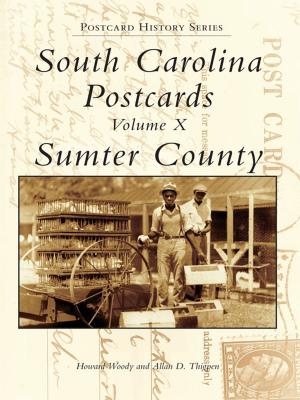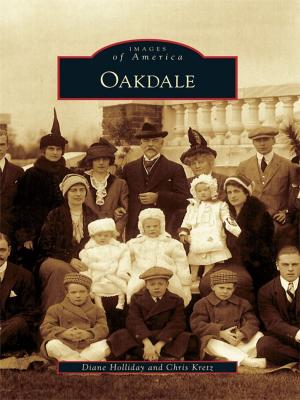| Author: | Paul Betancourt | ISBN: | 9781439657058 |
| Publisher: | Arcadia Publishing Inc. | Publication: | August 1, 2016 |
| Imprint: | Arcadia Publishing | Language: | English |
| Author: | Paul Betancourt |
| ISBN: | 9781439657058 |
| Publisher: | Arcadia Publishing Inc. |
| Publication: | August 1, 2016 |
| Imprint: | Arcadia Publishing |
| Language: | English |
Kerman sits in the heart of California's great San Joaquin Valley. First established in 1891 as a train stop for the Southern Pacific Railroad, the town site was originally named Collis Station for the railroad's president, Collis P. Huntington. Even in its earliest days, agriculture was the driving force behind Kerman's economy. Advances in irrigation as well as Kerman's close proximity to two of the region's largest rivers--Kings and San Joaquin--resulted in abundant access to water, attracting farmers and land investors at the start of the 20th century. As the community grew, alfalfa hay, raisins, and dairy products became mainstays in Kerman's agricultural production. By 1910, Kerman had a volunteer fire department, a library, and new businesses. Images of America: Kerman explores the first 80 years of a town that continues to grow and diversify.
Kerman sits in the heart of California's great San Joaquin Valley. First established in 1891 as a train stop for the Southern Pacific Railroad, the town site was originally named Collis Station for the railroad's president, Collis P. Huntington. Even in its earliest days, agriculture was the driving force behind Kerman's economy. Advances in irrigation as well as Kerman's close proximity to two of the region's largest rivers--Kings and San Joaquin--resulted in abundant access to water, attracting farmers and land investors at the start of the 20th century. As the community grew, alfalfa hay, raisins, and dairy products became mainstays in Kerman's agricultural production. By 1910, Kerman had a volunteer fire department, a library, and new businesses. Images of America: Kerman explores the first 80 years of a town that continues to grow and diversify.















